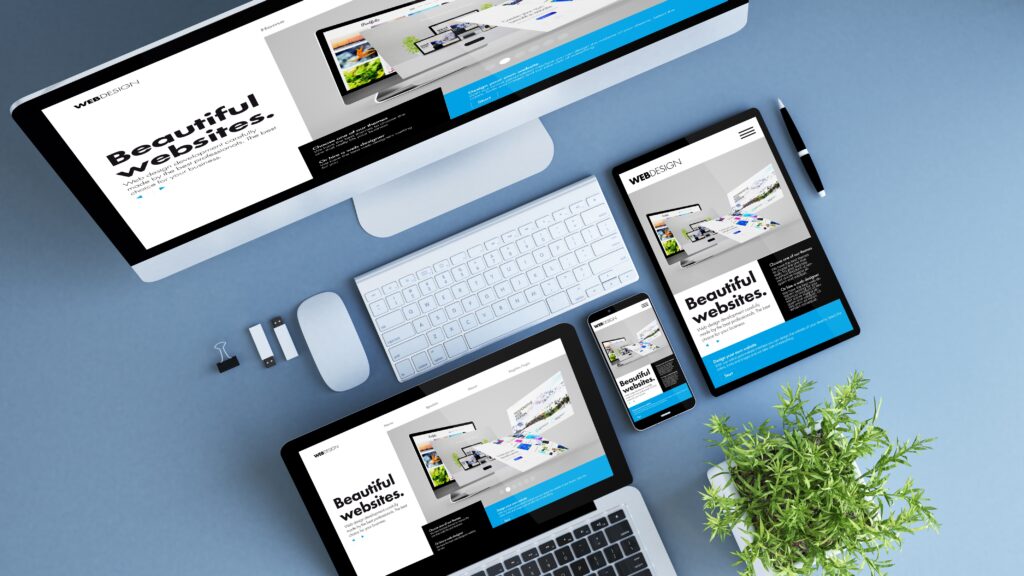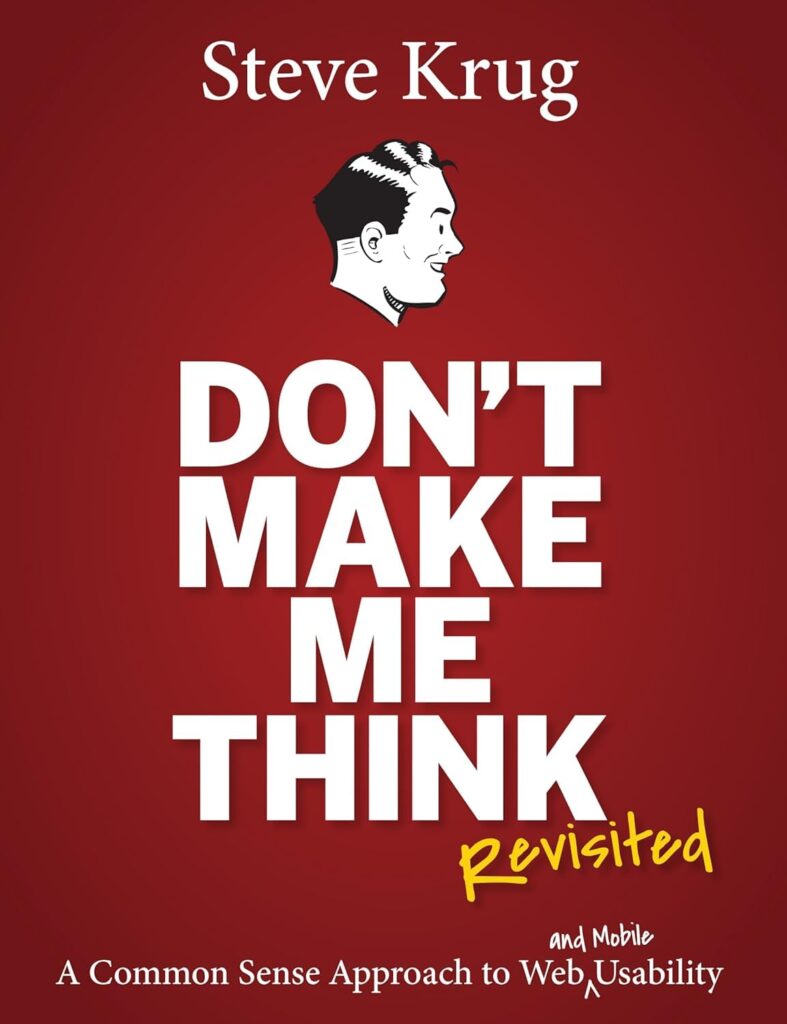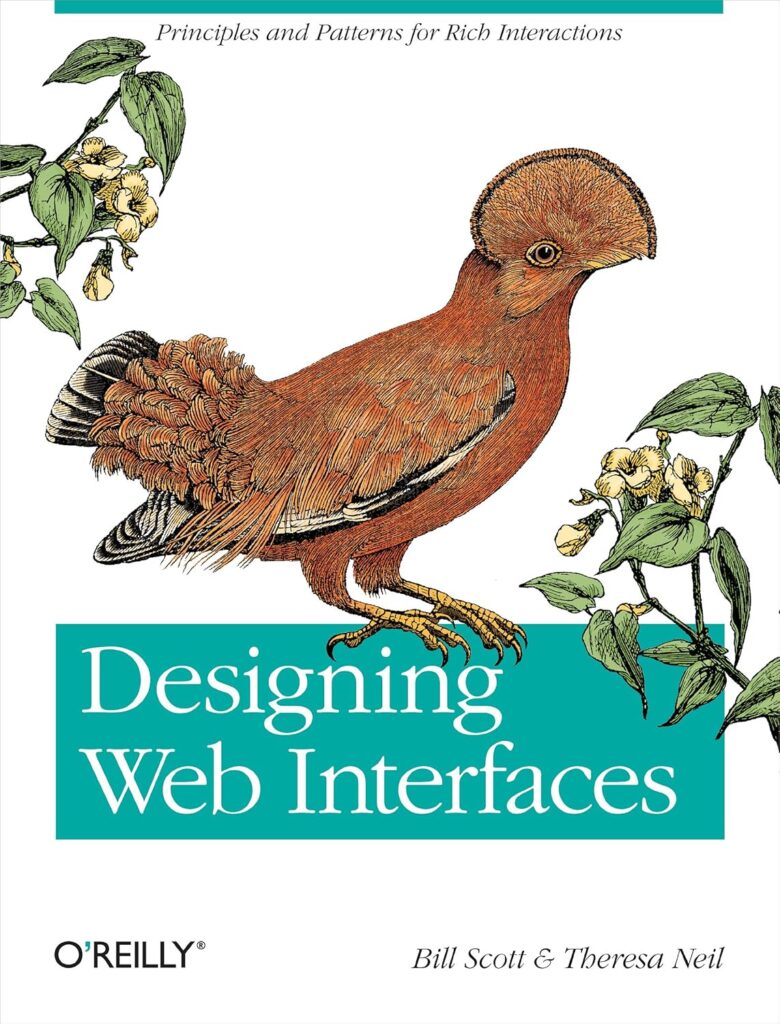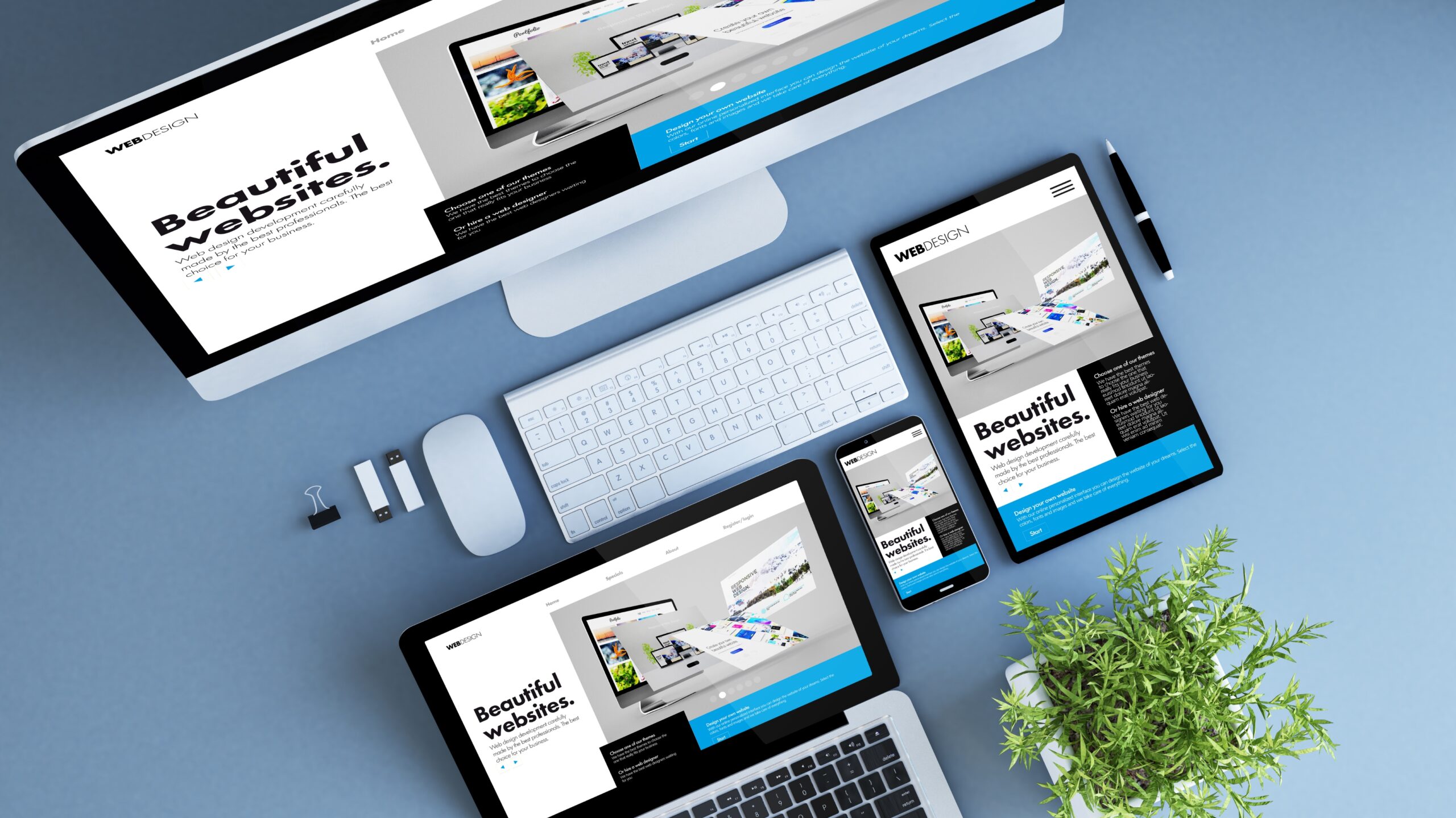Transform Your Brand with Stunning Web Design in Florida

In the competitive landscape of Florida’s business environment, first impressions are everything. A captivating web design is not just an aesthetic choice; it’s a crucial element that can significantly impact user perception and engagement. In this guide, we’ll explore how stunning web design can transform your brand, highlight key design trends, and introduce essential elements that enhance user experience—all while providing you with valuable resources to elevate your online presence.
The Importance of Web Design
Your website is often the first point of contact for potential customers. A well-designed site conveys professionalism and trustworthiness, encouraging visitors to explore further. In contrast, a cluttered or outdated design can lead to high bounce rates and lost opportunities.
Key Design Trends to Consider
-
Minimalism: Embrace clean layouts that focus on essential content. Minimalist designs enhance usability and make navigation intuitive.
-
Responsive Design: With an increasing number of users accessing websites via mobile devices, ensuring your site looks great on all screen sizes is crucial for retaining visitors..
-
Bold Colors and Typography: Use striking colors and clear typography to create visual interest and guide users through your content effectively.
Essential Elements of Effective Web Design
-
To create a stunning website, consider incorporating these vital elements:
-
User-Friendly Navigation: Ensure that your site is easy to navigate, allowing users to find what they need quickly.
-
High-Quality Images and Graphics: Invest in professional images that reflect your brand’s identity and resonate with your audience..
-
Clear Calls to Action (CTAs): Encourage visitors to take specific actions, whether it’s signing up for a newsletter or making a purchase, with strategically placed CTAs.
Local Considerations for Florida Businesses
Florida’s diverse demographics and vibrant culture offer unique opportunities for web design. Tailoring your website to reflect local themes and imagery can create a deeper connection with your audience. Showcase local landmarks, events, or community initiatives to resonate with your visitors.
Transform Your Website Experience: ‘Don’t Make Me Think, Revisited’ Guide

This product can be found on Amazon
This image showcases the cover of ‘Don’t Make Me Think, Revisited: A Common Sense Approach to Web Usability’ by Steve Krug. This influential book serves as a guide for web designers and developers, emphasizing the importance of intuitive design and usability testing. With practical insights and a straightforward approach, it is essential reading for anyone looking to improve their website’s effectiveness and user experience.
Pros
-
Simplicity: Krug’s core philosophy is that websites should be easy to navigate. This simplicity leads to improved user experience and higher conversion rates.
-
Practical Guidance: The book offers actionable advice that can be implemented immediately, making it accessible for both beginners and seasoned professionals.
-
.Usability Testing: Krug emphasizes the importance of usability testing, providing a framework that helps identify and fix usability issues effectively.
-
Engaging Writing Style: With a conversational tone, Krug makes complex usability concepts easy to understand and enjoyable to read.
Cons
-
Limited Depth: Some readers may find that while the book covers essential principles, it lacks in-depth technical guidance for advanced usability challenges.
-
Contextual Variability: Usability principles may vary based on the target audience and industry, requiring adaptation beyond Krug’s general guidelines.
-
Focus on Web Usability: The book primarily addresses web usability, which may not fully encompass mobile or app usability considerations.
‘Don’t Make Me Think, Revisited’ remains a vital resource for anyone involved in web design. By implementing Krug’s principles, businesses in Florida can enhance their websites, ensuring a seamless user experience that drives engagement and conversions.
Mastering Modular Design: How ‘Atomic Design’ Transforms Web Development

This product is available on Amazon.
In the competitive digital landscape of Florida, where businesses strive to stand out with stunning web design, Brad Frost’s “Atomic Design” offers a revolutionary framework to elevate your brand’s online presence. This book introduces a modular approach to web design, breaking down interfaces into smaller, reusable components—atoms, molecules, organisms, templates, and pages. By adopting this methodology, Florida-based businesses can create scalable, consistent, and visually captivating websites that not only attract customers but also enhance user experience. If you’re a seasoned designer or a business owner looking to transform your digital identity, “Atomic Design” provides the tools to craft cohesive and efficient design systems that align with your brand’s vision.
Pros
-
Scalability and Consistency: The modular approach ensures that your web design grows seamlessly with your brand, maintaining consistency across all pages and devices.
-
Efficiency in Design Workflow: By breaking down designs into reusable components, teams can work faster and more collaboratively, reducing redundancy and saving time.
-
Improved User Experience: The structured methodology helps create intuitive and user-friendly interfaces, which are crucial for engaging Florida’s diverse audience.
-
Future-Proof Design Systems: The principles of atomic design are adaptable to emerging technologies and trends, ensuring your website remains relevant for years to come.
-
Practical and Actionable Insights: Brad Frost provides real-world examples and actionable steps, making it easy for designers and businesses to implement the concepts.
Cons
-
Steep Learning Curve: For beginners, the modular approach may feel overwhelming, requiring time to fully grasp and implement the methodology.
-
Initial Setup Effort: Building a design system from scratch can be time-consuming, especially for smaller businesses with limited resources.
-
Potential Over-Engineering: For simpler websites, the atomic design approach might seem unnecessarily complex, adding layers of abstraction that aren’t always needed.
-
Limited Focus on Aesthetics: While the book excels in structure and methodology, it doesn’t delve deeply into visual design principles, which are equally important for stunning web design.
-
Requires Team Buy-In: Successfully implementing atomic design often requires collaboration and buy-in from all team members, which can be challenging in less cohesive organizations.
Why It’s Perfect for Florida Businesses?
Florida’s vibrant and diverse market demands websites that are not only visually stunning but also functional and scalable. “Atomic Design” equips businesses with the tools to create digital experiences that resonate with local audiences, from Miami’s tech-savvy entrepreneurs to Orlando’s tourism-driven enterprises. By adopting this framework, Florida brands can transform their online presence, ensuring their websites are as dynamic and captivating as the state itself.
The Heart of Design: How The Shape of Design by Frank Chimero Inspires Meaningful Brand Transformation in Florida

This product is available on Amazon.
In Florida’s bustling digital marketplace, where brands compete to captivate audiences with stunning web design, Frank Chimero’s The Shape of Design offers a unique perspective that goes beyond aesthetics. This book isn’t about the technicalities of design—it’s about the why behind the work. Chimero explores storytelling, craft, and the emotional connection between designers and their audiences, providing a roadmap for creating meaningful and impactful designs. For Florida businesses looking to elevate their brand identity, The Shape of Design is a must-read, offering insights that transform not just how you design, but why you design.
Pros
-
Philosophical Depth: The book challenges designers to think deeply about their purpose and the emotional impact of their work, fostering a more meaningful approach to design.
-
Focus on Storytelling: Chimero emphasizes the power of storytelling in design, helping brands create narratives that resonate with their audience.
-
Practical and Inspirational: While philosophical, the book also provides actionable insights that designers can apply to their projects.
-
Human-Centered Approach: It highlights the importance of empathy and connection in design, ensuring that your work truly serves its audience.
-
Timeless Relevance: The principles discussed in the book are not tied to trends, making it a valuable resource for years to come.
Cons
-
Lacks Technical Guidance: If you’re looking for step-by-step instructions or technical design tips, this book may not meet your expectations.
-
Abstract Concepts: The philosophical nature of the book might feel too abstract for readers who prefer concrete, practical advice.
-
Not for Beginners: It’s better suited for experienced designers or those who already have a foundational understanding of design principles.
-
Limited Focus on Digital Design: While applicable to web design, the book’s examples and focus are more general, which may not fully address the specific needs of digital designers.
-
Requires Reflection: The book demands thoughtful engagement, which might not appeal to readers looking for a quick, surface-level read.
Florida’s diverse and dynamic market demands designs that not only look stunning but also tell a compelling story and connect with audiences on a deeper level. The Shape of Design equips Florida-based designers and brands with the mindset and tools to create work that is both beautiful and meaningful. By focusing on storytelling and human connection, this book helps transform your brand’s digital presence into one that truly stands out in the Sunshine State.
Master Rich Web Interactions with Designing Web Interfaces by Bill Scott and Theresa Neil

This product is available on Amazon.
A key resource for achieving this is Designing Web Interfaces by Bill Scott and Theresa Neil. This book provides actionable principles and patterns for creating rich, interactive web experiences that captivate users. By applying the insights from this guide, Florida-based businesses can craft websites that not only look stunning but also drive engagement and conversions.
Pros
-
Expert Insights: Authored by industry veterans with experience at top companies, the book offers practical, real-world knowledge.
-
Comprehensive Design Patterns: Over 75 patterns provide a robust toolkit for creating interactive and intuitive web interfaces.
-
Actionable Principles: The six principles are easy to understand and apply, making the book valuable for both designers and developers.
-
Real-World Examples: Examples from working websites illustrate how to implement design patterns effectively.
-
Focus on User Experience: The book emphasizes creating engaging and user-friendly experiences, which are crucial for modern web design.
Cons
-
Advanced Level: The content may be too technical for beginners or those new to web design.
-
Web-Centric Focus: The principles are tailored for web design and may not directly apply to other digital platforms like mobile apps.
-
Dated Edition: As a 1st edition, some examples and technologies may feel outdated compared to current web design trends.






Preston265
April 25, 2025Very good article